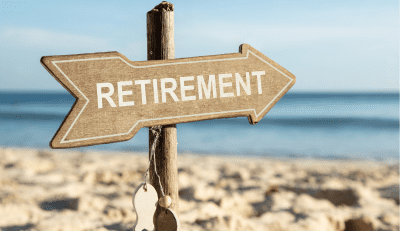How the United States’ Massive Failure to Close the Digital Divide Got Exposed by Coronavirus
75% of Americans who do not have broadband access in their homes have the necessary infrastructure present in their neighborhoods. The problem is, they just can’t afford it. Unlike other wealthy countries, the US federal government hasn’t imposed any cost controls for making broadband connections more affordable to the public. The result – an unacceptable level of inequality in what’s widely considered to be among the world’s most basic utilities.
In rural America, companies that bagged government contracts never got around to installing the cables and infrastructure they were tasked to do, a failing that has left millions of rural Americans without access to the Internet even if they were able to afford it. CenturyLink and Frontier Communications, which are the biggest ISPs in the country, received billions of dollars in grants from the government for improving broadband connectivity in rural locations. They admitted later that they were unable to deliver on all their promises. However, they weren’t ordered to pay the money back or handed out any punishments.
But the COVID-19 pandemic has brought out America’s Internet connectivity divide into broad daylight. With families being forced to attend school or work online, millions of kids are unable to access any learning content. Educational institutions all over the country are in despair. Many school districts have decided not to award any grades since many students simply lack the facilities to attend their classes online.
It’s a truly disheartening picture – the ones who had Internet connectivity were able to access their school for this semester. The ones without it simply couldn’t do anything.
Nobody truly knows what percentage of the population lacks access to high-speed Internet. While the government estimates this figure to be around 21 million, many studies believe this to be fraction of the actual number – Microsoft once estimated that over 50% of Americans might not have access to high-speed connectivity.
Experts believe that the US federal government has spent over $100 billion, trying to bridge the digital divide rampant in the country. However, concerning data management practices, a reluctance to bring in industry regulations and reforms, and lack of accountability has made all that money practically go in vain.
The regulations surrounding broadband connectivity are quite unclear as well. So far, the strategy of the government has been to hand out grants to corporations for building the necessary infrastructure and hope that they’ll keep prices affordable and fair. Few controls or regulations exist to oversee them.
However, the American approach has been a colossal failure. Even less-developed countries provide better broadband connectivity options to their citizens. As per the OECD, residents of Portugal and Greece are likelier to have home broadband connections compared to US residents, even though these countries have far smaller economies. For millions of low-income families in the US, broadband internet continues to remain an unaffordable basic need.



